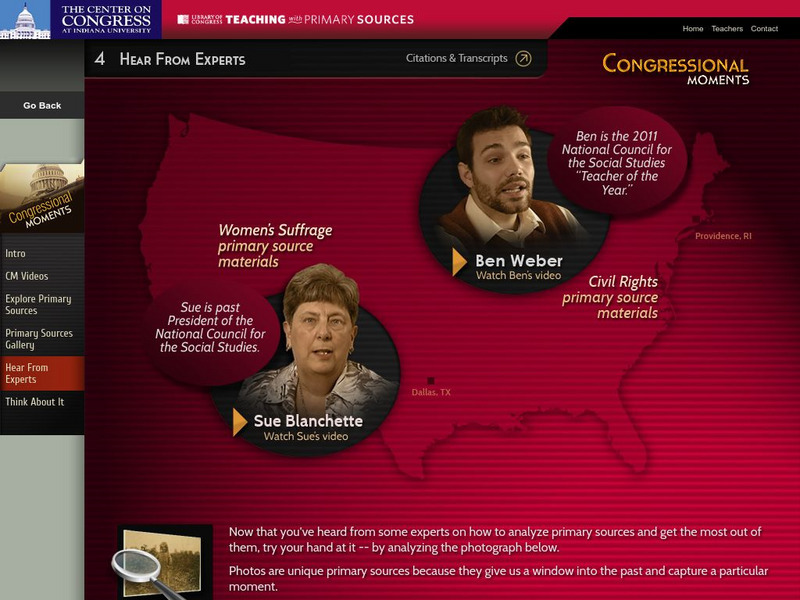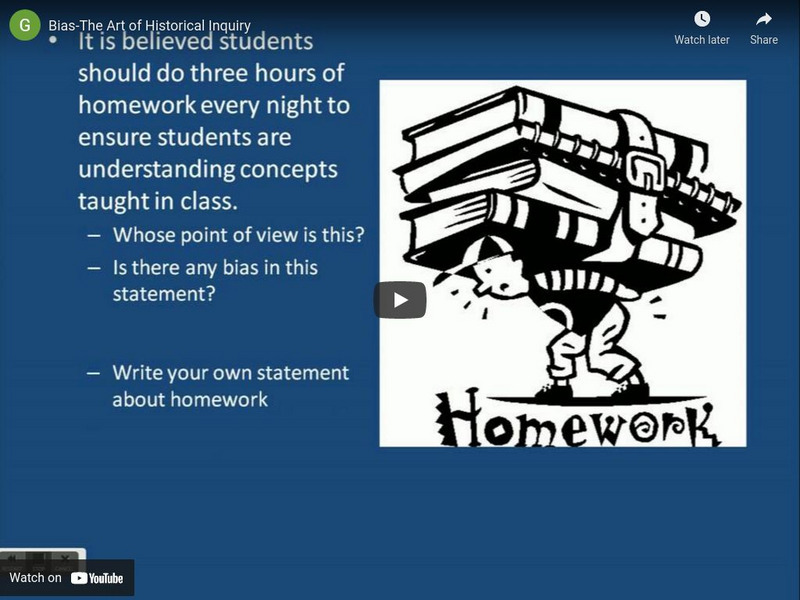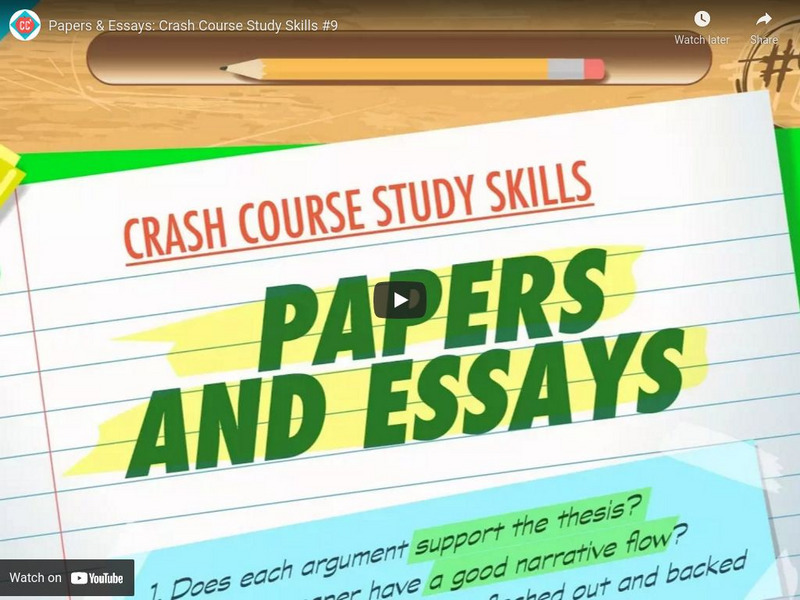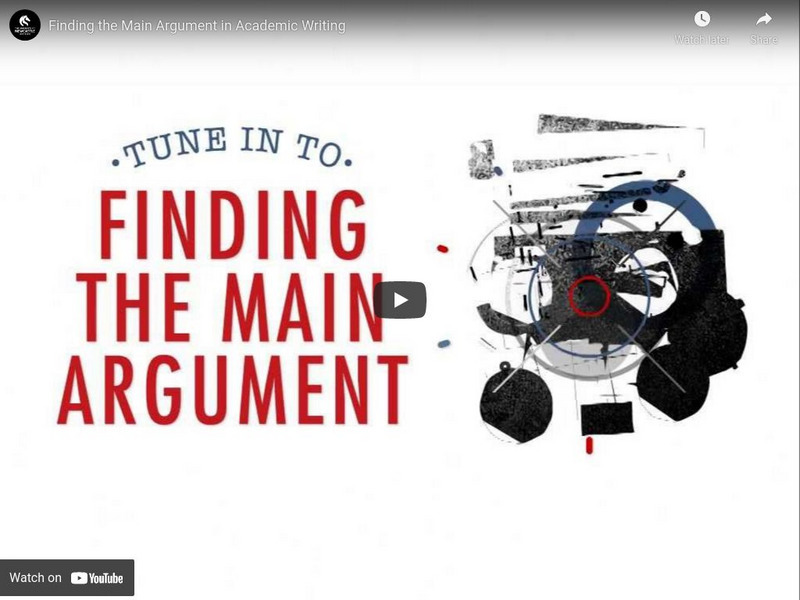Hi, what do you want to do?
TED-Ed
The Past, Present and Future of the Bubonic Plague
It may be startling to know that the same bacteria responsible for the Bubonic Plague in the mid-fourteenth century still exists today. But don't worry, this video examines the causes and effects of the Black Death, and why the disease...
TED-Ed
How Do You Know You Exist?
Consider one of the most fundamental questions of philosophy posed by Rene Descartes in his Meditations on First Philosophy: How do we really know we exist? This animated video is accompanied by multiple-choice assessment questions,...
TED-Ed
How Playing an Instrument Benefits Your Brain
Did you know that playing music is the brain's equivalent to a full body workout? Learn about how the advancements in the studies of neuroscientists have brought us to a greater understanding of how playing an instrument dramatically...
Film Education
Glory
If you are previewing the film Glory for your young historians, this packet may help you spark ideas for discussion and offer some interesting facts and quotations that may add to your presentation of this Civil War narrative. It...
Bill of Rights Institute
Constitutional Principles: Republican Government
Why were the founding fathers wary of democracy? What is the difference between a direct democracy and a constitutional republic? Encourage critical thinking around questions such as these in your class and review the principles of a...
Bill of Rights Institute
Constitutional Principles: Consent of the Governed
A government of the people, by the people, and for the people! Invite your class to really analyze the concept of consent of the governed and why it is one of the foundational principles of the United States Constitution and of...
Sophia Learning
Sophia: Headings and Subheadings
This tutorial provides two videos focusing on using headings and subheadings in paper writing: the first video discusses the purpose and when to use them; the second discusses how to format them. Textual information is also provided...
Sophia Learning
Sophia: How to Read a Writing Assignment
This video lesson focuses on how to read and understand a writing assignment. It begins by defining keywords used in assignments: analyze, compare and contrast, evaluate, describe, and propose. Then using a sample assignment, it...
PBS
Open Vault: Wgbh Media Library and Archives
Ever-expanding archive of historically significant video, audio, images, and transcripts produced by public educational television and radio broadcaster WGBH. Search for primary sources to support and inform studies in history, the arts...
PBS
Pbs Learning Media: Ken Burns in the Classroom: Collection
Ken Burns and his collaborators have been creating historical documentary films for more than forty years. Known for a signature style that brings primary source documents, images, and archival video footage to life on screen, these...
Indiana University
The Center on Congress: Congressional Moments: Hear From Experts
Hear expert advice on how to analyze primary sources then use what you learned to analyze the photograph shown.
Sophia Learning
Sophia: Primary vs. Secondary Sources: Lesson 2
This lesson introduces primary and secondary sources. It is 2 of 2 in the series titled "Primary vs. Secondary Sources."
Other
Gerald Oehler: Bias the Art of Historical Inquiry
This video provides an examination of bias and point of view and why this is an important skill to know when studying his/her story. [5:30]
Other
Gale Family Library: Primary vs. Secondary Resources
Video explains the difference between primary and secondary sources with examples from the Minnesota Historical Society's collections. [4:18]
Crash Course
Crash Course Study Skills #9: Papers and Essays
Writing research papers is an essential skill in your career as a student, and this week we're going to help you do that like a pro. From figuring out where to begin to finding the best systems, to breaking out of "research recursion...
Khan Academy
Khan Academy: Ap Us History Dbq Example 3
Kim analyzes the last of the documents, identifies themes, and writes a thesis statement. [13:34]
Khan Academy
Khan Academy: How to Read a Document: Source Identification
What's the difference between a primary source and a secondary source? Khan Academy's historian Kim Kutz Elliott and grammarian David Rheinstrom discuss reading sources by examining Franklin Delano Roosevelt's First Inaugural Address....
Other
Patty Weber: How Do Historians Study?
This video reveals the sources historians depend upon when studying history. [8:40]
Other
The Seahorse Project: Finding the Main Argument in Academic Writing
This video gives you hints on how to read a book chapter or journal article so that you can find the author's argument. [2:50]
Other
Mr. Fergione: Primary vs. Secondary Sources: On the Baseball Field
Video created to help students decipher the difference between primary and secondary sources. [3:42]
























